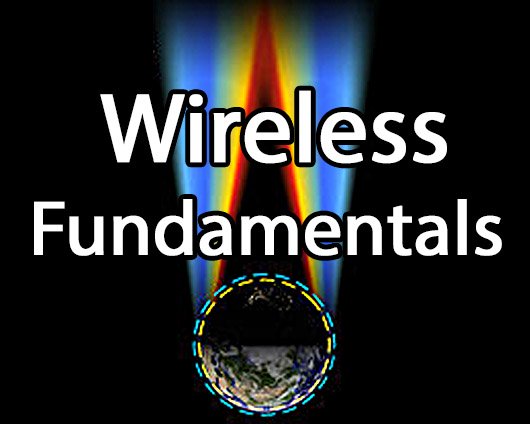TCO Certified Wireless Analyst
Course 2231 Wireless Fundamentals
Lesson 1 Introduction and Radio Fundmentals
Enjoy this free sample video from CWA.
Course 2231 Wireless Fundamentals
Radio fundamentals • Spectrum • Digital radio • Modems and Modulation • Propagation, Penetration and Fading
Wireless Fundamentals is the first course in the CWA Certification Package. We begin with the basics: what radio is, how it’s organized and how and it’s used to communicate information.
We begin by understanding what radio actually is, and why we use it for communications. We’ll understand how radio frequencies are in the Gigahertz range, used within frequency bands measured in the Megahertz wide.
Then we will look at the spectrum, i.e. standardized bands of frequencies, how they are allocated and the need for licenses. You will learn which bands are used for what, from cordless phones to WiFi and cellular, including the new 700-MHz bands.
Next, we’ll understand how information is represented using radio. The first stop is a quick review of old-fashioned analog radio and TV, followed by what most systems use today: digital. We’ll spend some time understanding digital, how 1s and 0s are communicated by modems and familiarize you with jargon and buzzwords like QAM and QPSK.
We’ll finish off with radio transmission issues, including propagation, penetration and fading.
Course Lessons
1. Radio Fundamentals
2. Wireless Spectrum and Radio Bands
3. Analog Radio
4. Digital Radio: How Modems Work
5. Propagation, Penetration and Fading
Click here to watch the video :

This is just a small sample of the vast online telecommunication training and certification available through Teracom Training.

